Market Growth Projections
The Global Nano Coatings Market Industry is projected to experience robust growth, with estimates indicating a market size of 12.4 USD Billion in 2024 and a potential increase to 26.6 USD Billion by 2035. This growth trajectory suggests a compound annual growth rate of 7.17% from 2025 to 2035, reflecting the increasing adoption of nano coatings across various sectors. The market's expansion is driven by technological advancements, rising demand for protective coatings, and the growing emphasis on sustainability. These projections underscore the dynamic nature of the nano coatings market and its potential to transform multiple industries.
Growth in the Healthcare Sector
The Global Nano Coatings Market Industry is significantly impacted by growth in the healthcare sector, where nano coatings are employed to enhance medical devices and equipment. These coatings provide antimicrobial properties, reducing the risk of infections and improving patient safety. The increasing focus on healthcare quality and patient outcomes drives the demand for advanced materials in medical applications. As healthcare facilities adopt these innovative solutions, the market is poised for substantial growth. This trend highlights the critical role of nano coatings in advancing healthcare technologies and improving overall patient care.
Increasing Environmental Regulations
The Global Nano Coatings Market Industry is influenced by increasing environmental regulations that encourage the adoption of eco-friendly materials. Governments worldwide are implementing stringent policies to reduce hazardous substances in coatings, prompting manufacturers to explore nano coatings as a sustainable alternative. These coatings often contain fewer volatile organic compounds, aligning with regulatory standards and consumer preferences for greener products. As a result, the market is likely to witness a shift towards environmentally compliant solutions, further driving growth in the coming years. This trend reflects a broader commitment to sustainability across various industries.
Expanding Applications in Electronics
The Global Nano Coatings Market Industry is witnessing expanding applications in the electronics sector, where nano coatings are utilized to enhance the performance and longevity of electronic devices. These coatings provide critical functionalities such as moisture resistance, anti-corrosion, and improved conductivity, which are essential for modern electronics. With the rapid growth of the consumer electronics market, the demand for nano coatings is expected to rise significantly. This sector's expansion contributes to the overall market growth, with projections indicating a compound annual growth rate of 7.17% from 2025 to 2035. This growth reflects the increasing reliance on advanced materials in electronic manufacturing.
Rising Demand for Protective Coatings
The Global Nano Coatings Market Industry experiences a surge in demand for protective coatings across various sectors, including automotive, electronics, and healthcare. These coatings provide enhanced durability and resistance to environmental factors, which is crucial for maintaining product integrity. For instance, the automotive sector increasingly adopts nano coatings to improve vehicle longevity and aesthetics. As a result, the market is projected to reach 12.4 USD Billion in 2024, reflecting a growing recognition of the benefits of nano coatings in protecting assets. This trend indicates a broader shift towards advanced materials that offer superior performance and longevity.
Technological Advancements in Coating Applications
Technological advancements play a pivotal role in the Global Nano Coatings Market Industry, enabling the development of innovative applications that enhance product performance. The introduction of new deposition techniques, such as atomic layer deposition and sol-gel processes, allows for precise control over coating properties. These advancements facilitate the creation of coatings with tailored functionalities, such as self-cleaning and anti-fogging properties. As industries increasingly seek to leverage these technologies, the market is anticipated to grow significantly, potentially reaching 26.6 USD Billion by 2035. This growth underscores the importance of continuous innovation in driving market expansion.
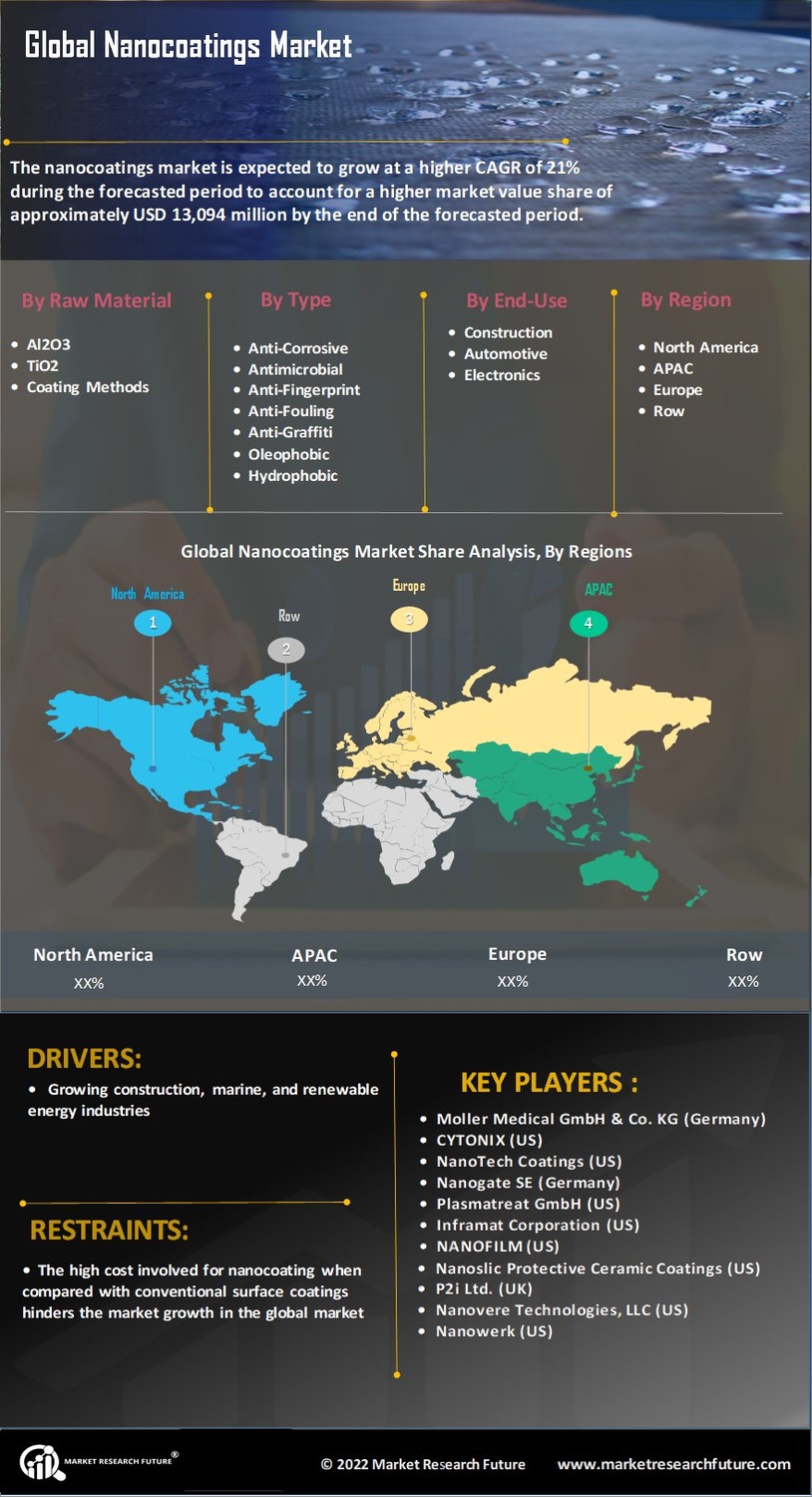

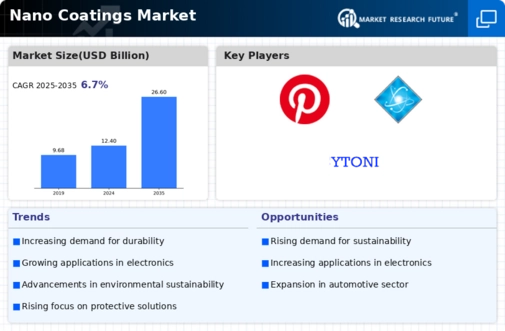
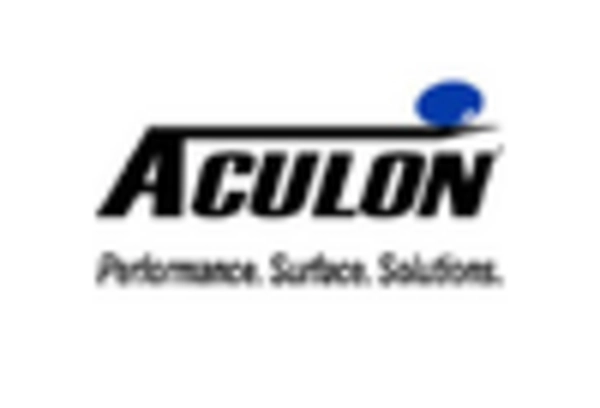
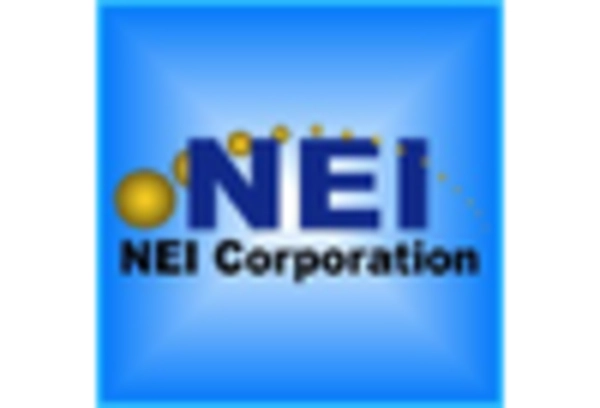
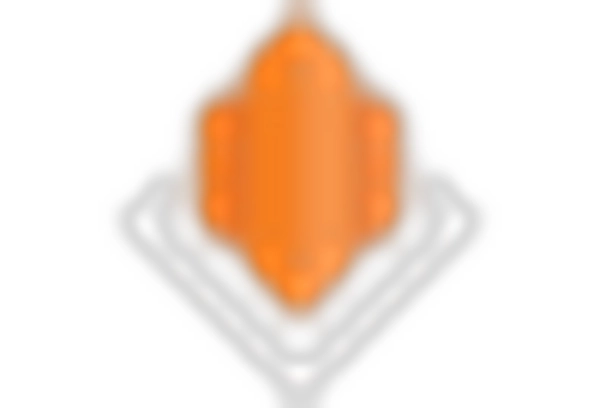
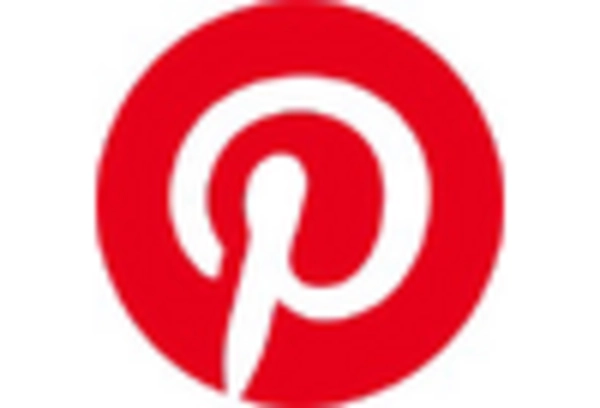
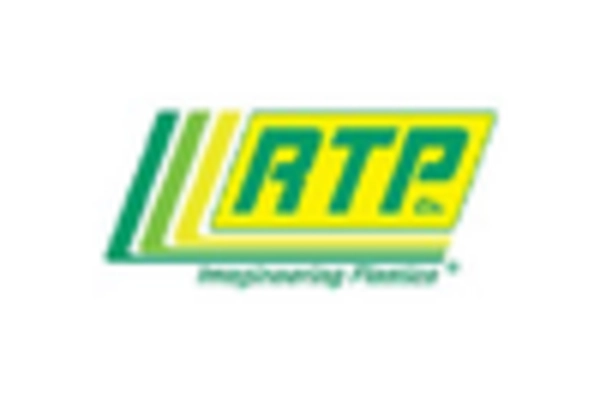
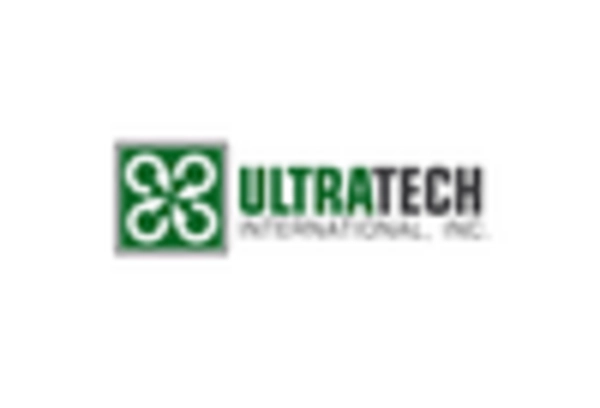








Leave a Comment